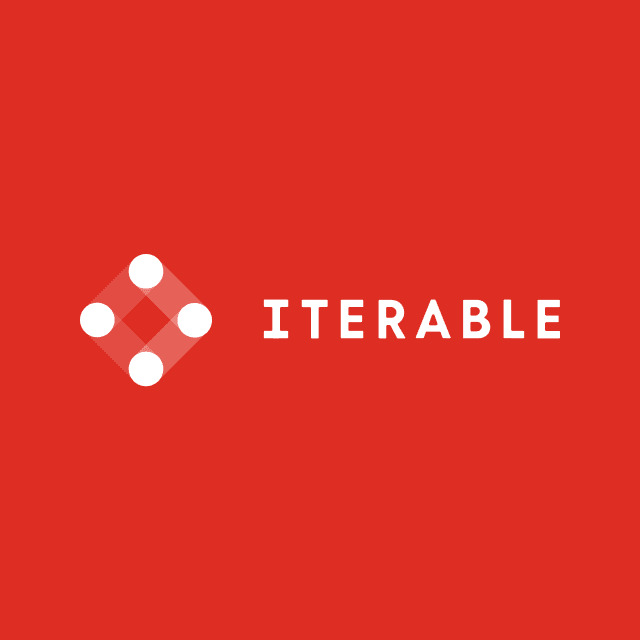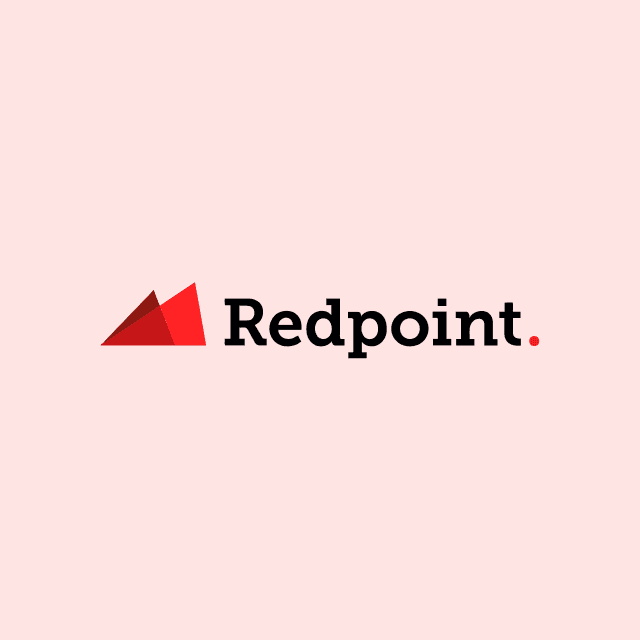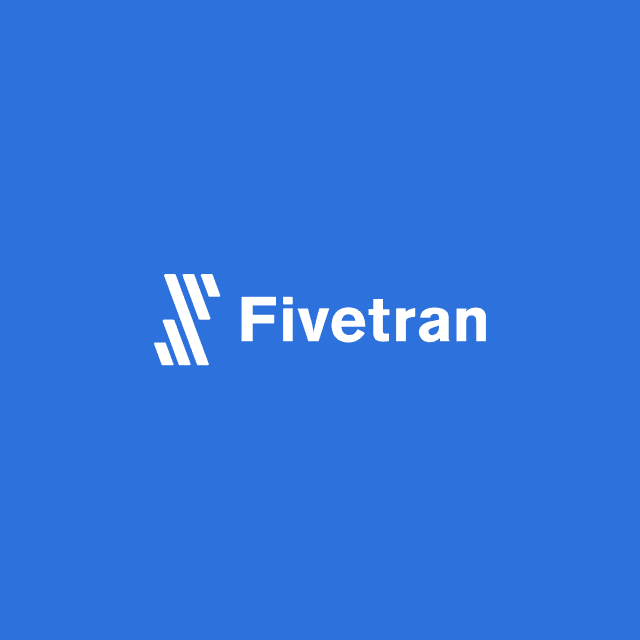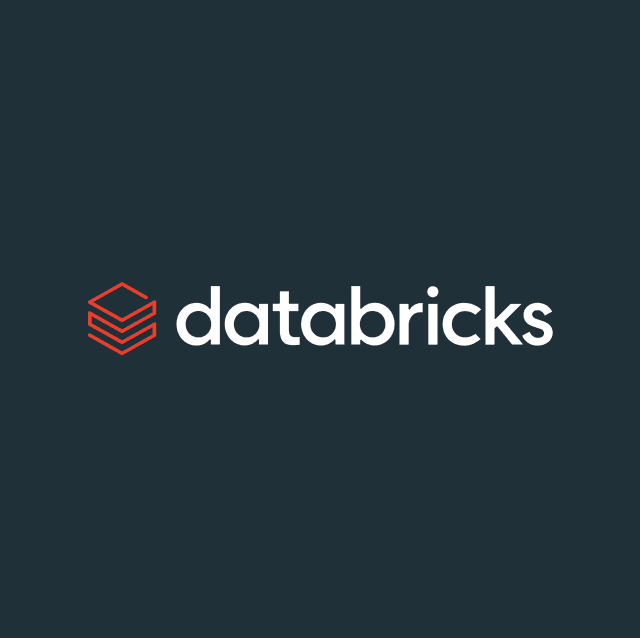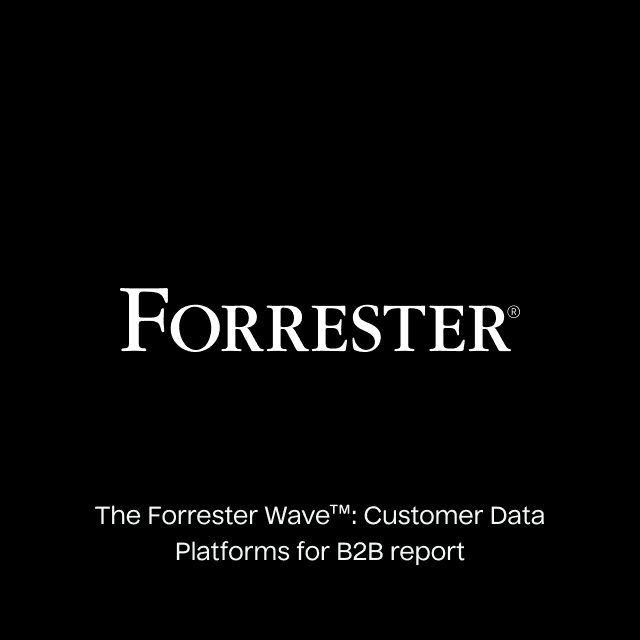Advertisers are racing to take advantage of the new advertising opportunities retail media networks present. For advertisers, you can leverage the retailer's first-party data and target users with your personalized ads, as well as capture customers with a high intent to buy. With companies like Best Buy, Target, and Lowes all launching their retail media networks, now is the best time to start.
In this blog post, we will explore:
- What are retail media networks?
- How do you use a retail media network?
- How do you choose the right retail media network?
- Best retail media platforms
What are retail media networks?
A retail media network is a collection of channels owned by the retailer—such as their website, app, or social media accounts—that advertisers can pay to reach audiences. Advertisers can utilize the rich first-party data collected from the retailer, commonly obtained through loyalty programs, to target customers with personalized ads.
For retailers, such networks offer a valuable opportunity to monetize the data they already collect. For advertisers, they allow you to reach consumers in ways that were not possible before. Retail media not only opens new advertising placements and audiences but also offers strong contextual and demographic targeting capabilities with ad placements native to existing shopping experiences.
How do retail media networks work?
The main components of a retail media network include the retailer, the network (often owned by the retailer but not always), and the advertisers. The retailer provides the customer data and digital space for the ads; the network manages the platform and connects the retailer and advertisers; and the advertisers pay to run their ads on the retailer's platform.
Data is the foundation of a retail media network, as it enables precise targeting and helps measure campaign effectiveness. Retailers can monetize their first-party data so advertisers can target customers interested in their products across the retailer's on-site and off-site locations. On-site locations can be the retailer's website or app, and off-site locations can be the retailer's Facebook or Google Ads account.
For example, a brand like Colgate could pay Walmart for a sponsored listing to appear at the top when a user searches for toothpaste. Alternatively, Colgate could pay Walmart to run Google Shopping ads on their toothpaste products.
To help manage performance, the retail media network tracks interactions with ads, such as clicks and purchases, and uses this information to help advertisers reach the right consumers and optimize their campaigns for improved results.
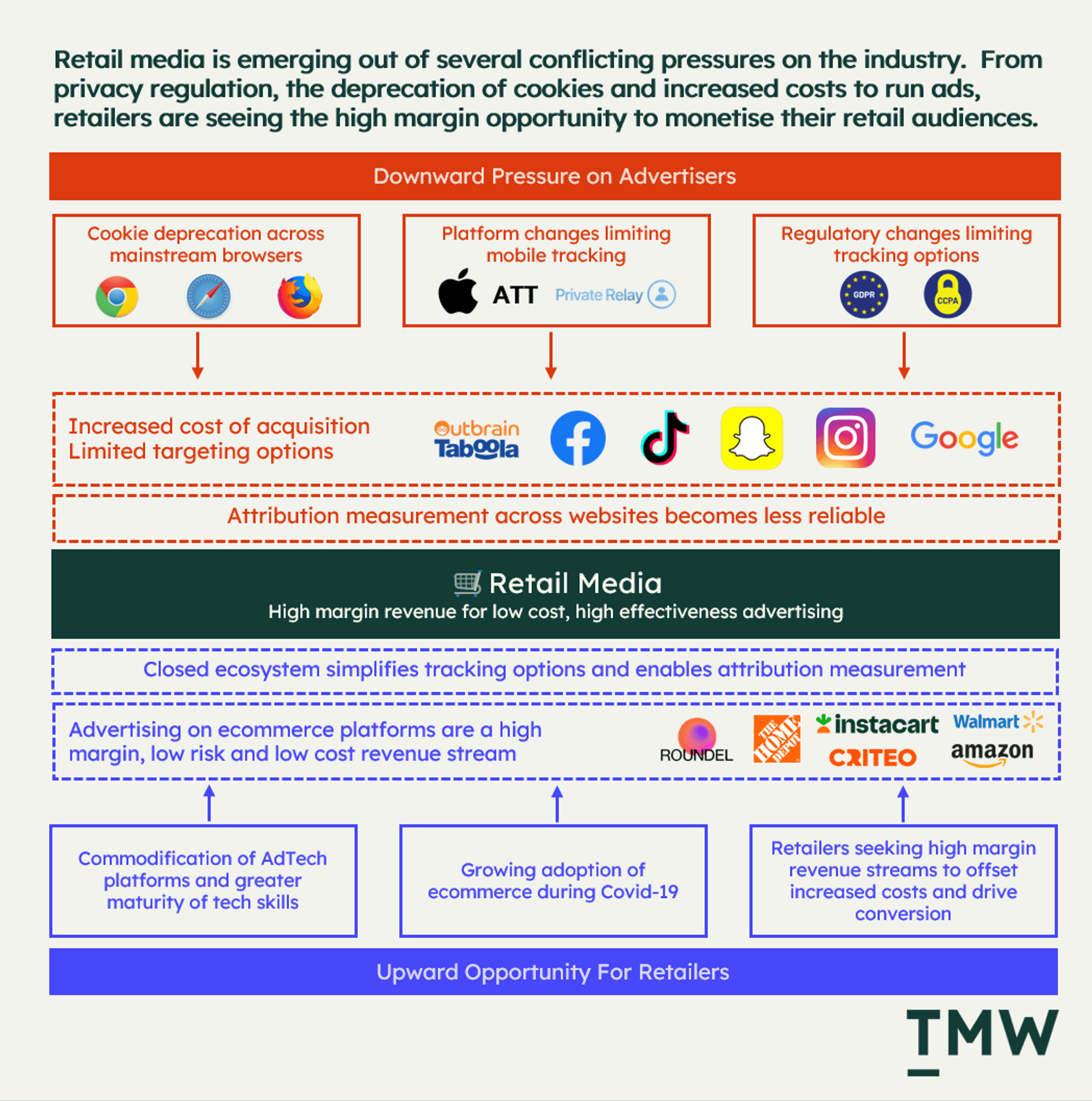
Data clean rooms are used to securely share data between advertisers and retailers. They are secure environments where both parties upload their data, which is then anonymized, allowing them to find matches between the two audiences. This allows advertisers to find customers in the retailer's audience for retargeting or remarketing.
How do you choose the right retail media network to advertise on?
Using a retailer's first-party data helps refine your targeting to reach customers more likely to convert. However, with more retailers wanting to monetize their data, you need to pick the right one for your brand.
First, identify the audience you want to reach based on what you're selling. For example, if you're Sherwin-Williams, you would be more likely to promote through Home Depot than Amazon because customers often prefer to see paint colors in person rather than buy them online.
Next, the outcomes you aim to achieve will help determine which retail media network is best suited for your needs. For instance, Walmart’s retail media network can run online ads with promotions targeted to specific geographic areas to boost in-store traffic.
Best retail media platforms
The best retail media platforms offer a variety of channels and rich customer data, giving you flexibility in where and to whom you advertise. Here are some of the leading retail media platforms available today, offering you targeting to millions of customers.
- Amazon Ads is by far the largest player in the retail media space dominating 77.7% of US digital retail media spend in 2021. The online giant's Retail Media network, Amazon Advertising, offers several different ad placements across its online marketplace, ranging from Sponsored products to Homepage brand sponsorship and Display advertising on partner sites and platforms like Twitch.
- Walmart Connect (formerly Walmart Media Group), is second to only Amazon Advertising from a revenue standpoint. They have a strong in-store presence with about 255 million customer visiting each week, allowing you a broad audience reach from in-store advertising.
- Target Roundel has over 30 million weekly customers in its stores and 164.9 million visits a month to their website. Target is perfect if you want to reach females and shoppers around the age of 40, as they make up a large portion of their customer base. Target also offers access to its advertising marketplace called Bullseye Marketplace, which provides 150+ premium publishing partners like Bloomberg Media, BuzzFeed, and USA Today Network for display and video advertising.
- Criteo Retail Media is a demand-side platform that provides retailers a way to monetize their first-party data without the need for account managers or building their own platforms. Advertisers can buy advertising space and manage their campaigns.
- Best Buy Ads can provide you access to customers interested in consumer electronics and technology, Best Buy is a brilliant choice. They also provide 15,000 unique customer attributes to refine who you want to target.
- Lowes Media Network provides access to a large audience of DIY enthusiasts with both online and in-store advertising. Their site receives 20 million weekly searches and offers display and sponsored ad formats, digital out-of-home, and CTV options.
- Home Deport Orange Apron: Orange Apron is Home Depot’s retail media platform. Because of its online presence and physical stores, it provides a sweeping range of customer access, with customers interested in home improvement and related products. You can advertise online, in-store, and on other offsite media platforms.
- Instacart Ads provides advertising opportunities in the online grocery market, which holds a significant share of the sector in the U.S. They can display your ads in front of high-intent consumers ready to purchase groceries adn household essentials online.
- Kroger Precision Marketing gives you access to a customer base aged 25-54, with their typical shopper being a baby boomer living in a suburban area. Their audience is focused on health-conscious shoppers.
Closing thoughts
Retail media networks allow advertisers to reach a new audience of high-intent customers while providing retailers with additional revenue streams. First-party data is the core component of a retail media network, and most are turning to a composable Customer Data Platform (CDP) to power their audience targeting and ensure they deliver the best possible outcomes for advertisers.
A composable CDP like Hightouch provides the solution for accessing the customer data needed for high-performing retail media networks. If you want to learn more, book a demo with one of our solutions engineers.






